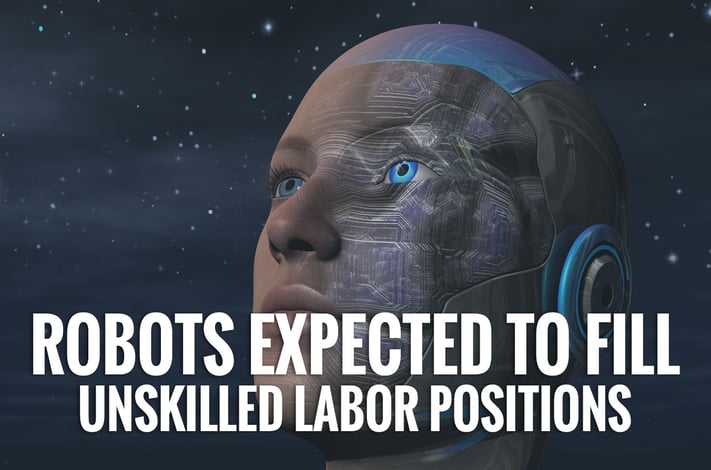 Automation and robotic engineering applications are being tested in all sorts of unskilled labor positions in manufacturing and customer service areas. Anyone who has been lost in the maze of an automated telephone system knows what I'm talking about.
Automation and robotic engineering applications are being tested in all sorts of unskilled labor positions in manufacturing and customer service areas. Anyone who has been lost in the maze of an automated telephone system knows what I'm talking about.
Tipping Point of Technology
Technology is advancing much further today than the now simplistic do-it-yourself kiosks and check out lanes at you local supermarket. Robotics technology is reaching a tipping point and is poised for explosive growth because of improvements in core technologies such as microprocessors, sensors, and algorithms.
The primary goal of today's automation and robotics technology appears pretty straightforward; to eliminate the cost of having employees and replace them with some mechanical or robotic application which will have a warrantee and service plan instead of healthcare, 401k, and vacation.
Here are some interesting statistics. If you earn roughly between $41,000 and $83,000 ($20 to $40 a hour), there is a median probability of 31% that your job will be automated. The probability of being replaced by robotic systems is as high as 83% if you earn less than $20 an hour. Those who earn more than $40 an hour face a negligible chance of being replaced by automation.
Areas other than manufacturing researchers are concentrating on include a broad range of national needs such as logistics, services, transportation, homeland security, defense, medicine, healthcare, space exploration, environmental monitoring, and agriculture.
Next-Gen Robots
Advancements in robotics technology are making human-machine collaboration an everyday reality. Better and cheaper sensors make a robot more able to understand and adapt to its environment and interact with its human counterparts. Robot bodies are becoming more adaptive and flexible, with designers taking inspiration from the extraordinary flexibility and dexterity of complex biological structures, such as the human hand. Designers are moving from a machine like look to a more human looking frame to lesson the intimidation factor of some current designs. The robots of today are becoming more connected, benefiting from the cloud-computing revolution by being able to access instructions and information remotely, rather than having to be programmed as a fully autonomous unit.
The applications for robotic applications are growing feverishly. Using GPS technology, just like smartphones, robots are beginning to be used in precision agriculture for weed control and harvesting. In Japan, robots are being utilized in nursing roles. They help patients out of bed and support stroke victims in regaining control of their limbs.
Although it certainly looks like the majority of jobs in danger are those that require repetitive and unskilled maneuvers, there is no danger of robots taking over anytime soon. In reality, new-generation robotic machines are likely to collaborate with humans rather than replace them. Even considering advancements in design and artificial intelligence, human involvement and oversight will remain essential.
For more logistics and transportation news, click the button below.



 Land-Link, a well respected professional organization, has been providing its clients with effective transportation and logistics solutions since 1978.
Land-Link, a well respected professional organization, has been providing its clients with effective transportation and logistics solutions since 1978.

